Top Fire-Making Mistakes to Avoid, Your Survival is in Your Hands
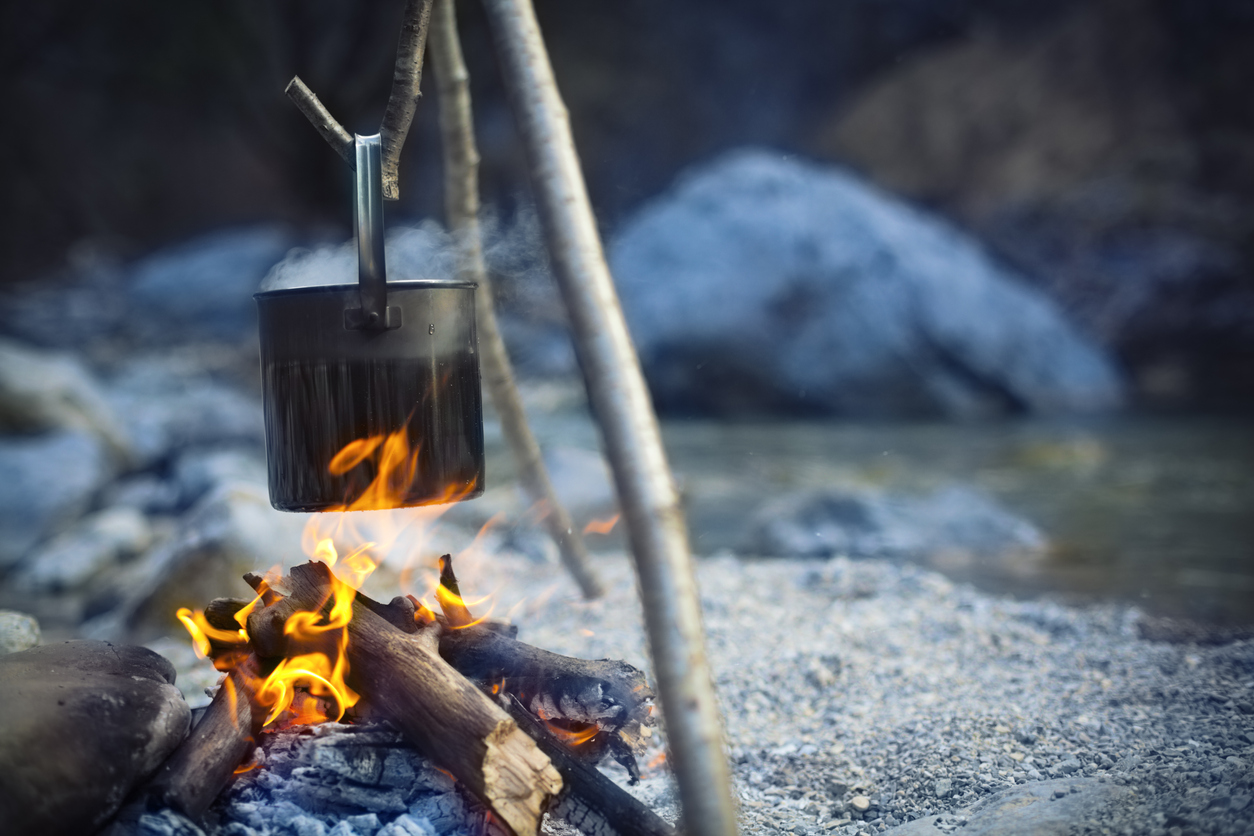
Have you ever watched someone trying to start a fire? If they know what they’re doing, it’s a joy to watch. They make their preparations, lay their fire, and within a very short amount of time have a nice blaze roaring. But if they don’t know what they’re doing, you’re looking at a long wait as they try one thing after another to try and get that fire going.
Eventually, these people get their fires going – but not usually before resorting to something drastic like pouring gasoline on it (which can be dangerous) or using a torch to get the wood burning (effective, but also overkill).
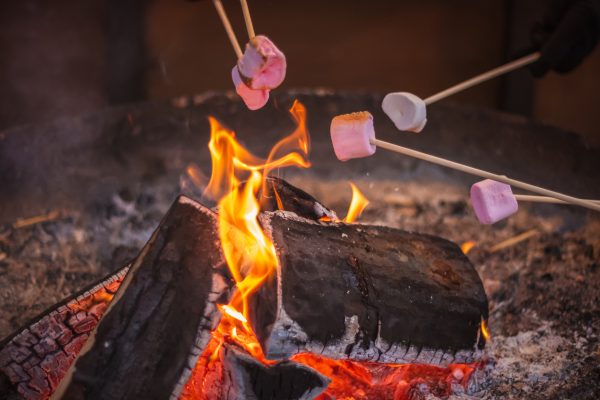
Of course, if these people really knew what they were doing, they wouldn’t have much of a problem. But for one reason or another, they never bothered to learn. Some even think they already know what they are doing even though it is clear they don’t. So, let’s make sure we learn what not to do so we don’t put on a show.
Using Green Wood
Green wood is, by definition, any freshly cut wood – unless it comes from deadfalls which have been there long enough to dry out. Wet wood just doesn’t burn well, but people try to do it all the time.
This comes partially from not knowing what they are doing and partially from not taking the time to check and see if the wood they are using is dry. If they ever manage to get their fire burning, it’s going to be producing a lot of smoke.
Not Using A 3-Step Process
This has to be one of the most common errors out there – especially in home fireplaces, although I see it in plenty of campsites as well. Typically, they’ll pile up their wood and then stuff newspapers underneath, lighting the newspaper on fire and expecting that to work. It doesn’t.
What’s wrong is that they left kindling out of the equation. They’ve got their fuel, and the newspaper works as tinder, but they don’t have kindling. It’s just too big a jump for the fire to make to go directly from the tinder to the fuel without something to use as an in-between point – one that can hold the fire to the fuel long enough for the fuel to catch fire.
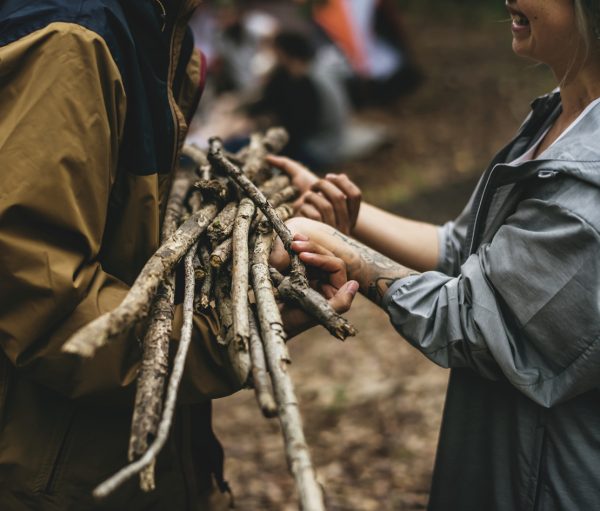
This is kind of an odd thing to miss because kindling is nothing more than sticks, usually about the diameter of your thumb. If there is fuel lying around, one would expect to have no problem finding some kindling to use.
Making a Fire From Kindling
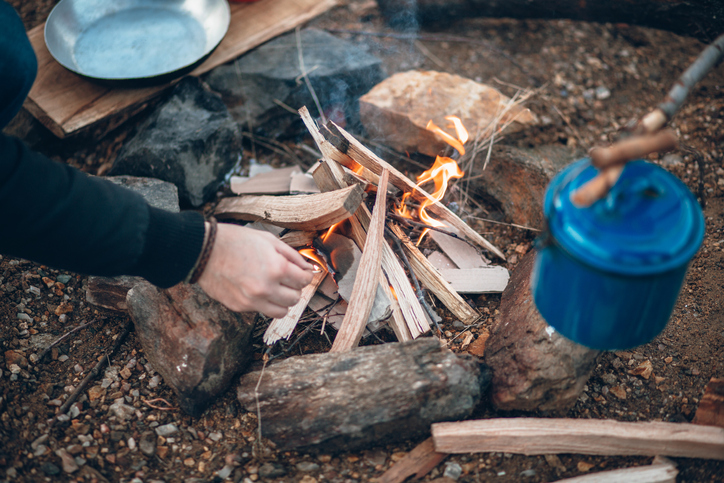
While there are those who can’t get their fire going for lack of kindling, there are others who try to make their fire out of only kindling. While this will produce a nice cheery blaze, it won’t burn for long. Kindling tends to burn quickly, hence the cheery blaze, but it’s not big enough to produce the hot coals that you really want. Therefore, it’s not going to produce enough heat.
If all you’re going to do is make a cup of coffee, you can do it over a fire made of just kindling. But you can’t really heat a log cabin or other shelter with it. For that, you want those coals. You especially want them to burn through the night so that you don’t have to stay up to attend to the fire.
Not Sheltering the Fire From Wind
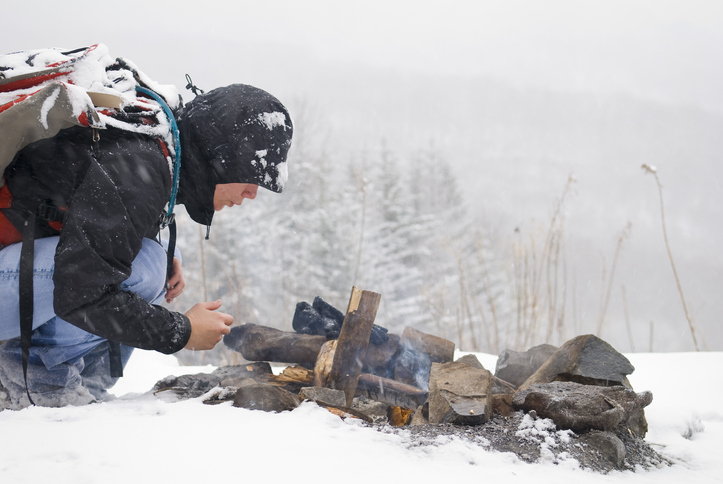
A slight breeze can help keep a fire going, providing it with much-needed oxygen. But when you’re trying to get the fire started, that same breeze will snuff it out before it can truly catch. This is especially true if you’re using a butane lighter, although wood matches can snuff out pretty easily too.
It can be tricky protecting your nascent fire from the wind until it is burning well. One of the things I do is use a stormproof lighter.
This has a piezoelectric igniter, which sparks every second as long as the gas valve is depressed. This ensures that if the lighter gets blown out, it immediately reignites as if it hadn’t blown out at all.
Erecting some sort of wind screen is always worthwhile. It doesn’t have to be fancy either; just having one of your teammates stand or squat to the windward side of your efforts can be enough.
Not Splitting The Wood
There’s a reason for splitting firewood, and it’s not because the logs are too big. Actually, a big log is useful, especially at the end of the night. Throwing that big log on the fire just before going to bed, is a good way of making sure the fire will burn through the night.
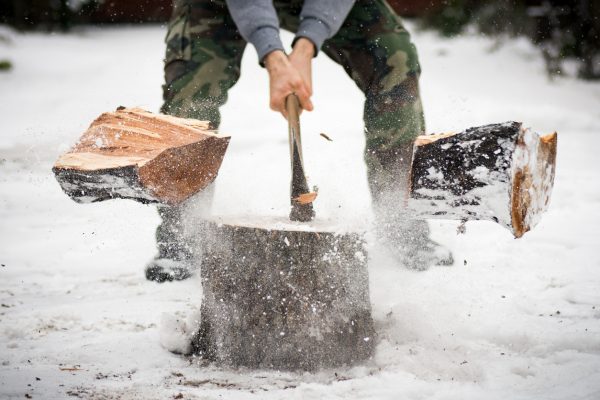
But this still doesn’t mean that logs shouldn’t be split. One of the purposes of bark is to protect the tree from fire. While it is limited in its ability to do this, bark is fire resistant enough that it will make it hard for logs to catch fire. Your fire can literally go out with plenty of fuel there just because the fire doesn’t manage to make it through the bark to the wood inside.
Not Allowing Enough Air
How you stack your fuel is critical to a good roaring fire. If you look at any diagrams on how to stack a fire, you’ll always see a lot of space between the logs.
This is to allow air to pass through and bring oxygen to the burning wood. If this space is not provided, the fire will burn extremely slowly as there won’t be enough oxygen.
The reason a fireplace tool set has a poker with a hook in it is for moving burning logs around to create this air space between them. Often, while they burn, logs will fall on each other and block off this necessary air space.
In the wild, where you won’t have a fireplace poker to deal with this, the easiest thing to do is to use a stout stick to move them. If it catches fire, you can always just throw it in and let it burn.
